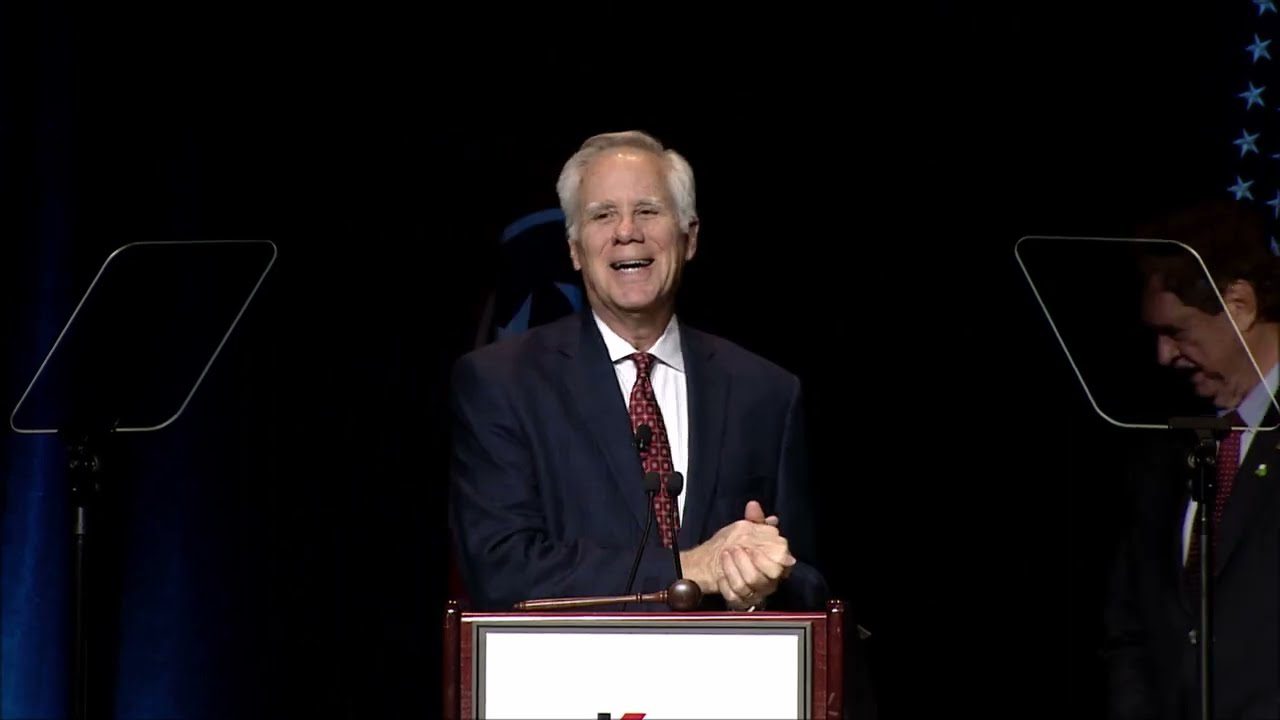NRTC Helping Members Keep Pace with Technology’s Rapid Advance
Randy Sukow
|

Rural internet providers who build networks to meet current needs and demands are destined for hard times in the future. By the time the network goes into operation, it could be badly out of date. NRTC CEO Tim Bryan and Board Chairman Shannon Clark both emphasized the need for wise network planning during NRTC’s Annual Meeting in New Orleans. Both also described why NRTC is rural electrics’ and telcos’ best network planning partner.
“This notion that capacity is only needed in urban America is just not right. It’s needed in rural America too. This notion that it’s only for the internet and for video is not right. It’s being used for smart grid and electric purposes as well,” Bryan said. “Don’t ever forget that if you build capacity, an application will come.”
Many providers nationwide, including in some rural areas, are building out fiber networks with gigabit capacity. And yet, Bryan could point to experts and pundits that have written articles claiming that nobody needs gigabit service. But looking back just a few years, as recently as 2015, he could find similar articles claiming that “normal people” don’t need 25 Mbps downstream/3 Mbps upstream service. Bryan quoted one article as saying, “Hypothetical use cases showing the need for 25/3 dramatically exaggerate the amount of bandwidth needed by the typical broadband user.”
Of course, internet providers today in urban and many rural settings routinely offer tiers far surpassing 25/3. Federal rural broadband funding programs require construction of networks with a minimum of 25/3 for eligibility. Internet providers who built networks with 25/3 ceilings five years ago are considerably behind now.
Clark provided his own example of how quickly rural markets come to demand new services during the internet age. He described the excitement when his cooperative, Richland EC in Richland Center, WI, launched the first internet service in the community. People thoroughly enjoyed the novelty of the technology. When an outage occurred two days after launch, a few customers called in, but tended to be understanding and patient.
Then two months later, there was another outage. “I can tell you that this time, the calls changed,” Clark said. “They rolled in quickly and demands for resolution were very intense, because in those two short months, people had moved from novelty to necessity. They needed email to run their businesses.”
Fiber optics is the main reason that network capacities and customer expectations evolve so quickly today. Fiber makes today’s gigabit services possible and there are technologies on the horizon that will increase fiber network speeds many times over, Bryan said.
Fiber also transforms modern wireless systems. 5G wireless networks featuring innovate internet-of-things applications rely on fiber connecting a host of small cells. Bryan cited a Verizon executive who described 5G “as essentially a fiber network with a few antennas hanging off it.”
The same transformation is happening in the electric power distribution business. Wireless advanced metering infrastructure networks are following the same trend of smaller cells and greater capacity powering new capabilities, he said.
Rural providers need a partner that can help them navigate the complexities of fiber network construction and ensure that they make the right investment choices. NRTC provides that service.
“Very few others can take an idea all the way from concept to utilization like NRTC,” Clark said. “What it truly takes is a network of people who realize it takes much more than interconnected strands of fiber to provide consumers with a solution to their needs.”
At the same time, “we put member interests first,” Bryan said. “NRTC isn’t manipulating the numbers to push cooperatives into the business … The bottom line is, if you’re thinking of broadband, we’re thinking about you first.”


